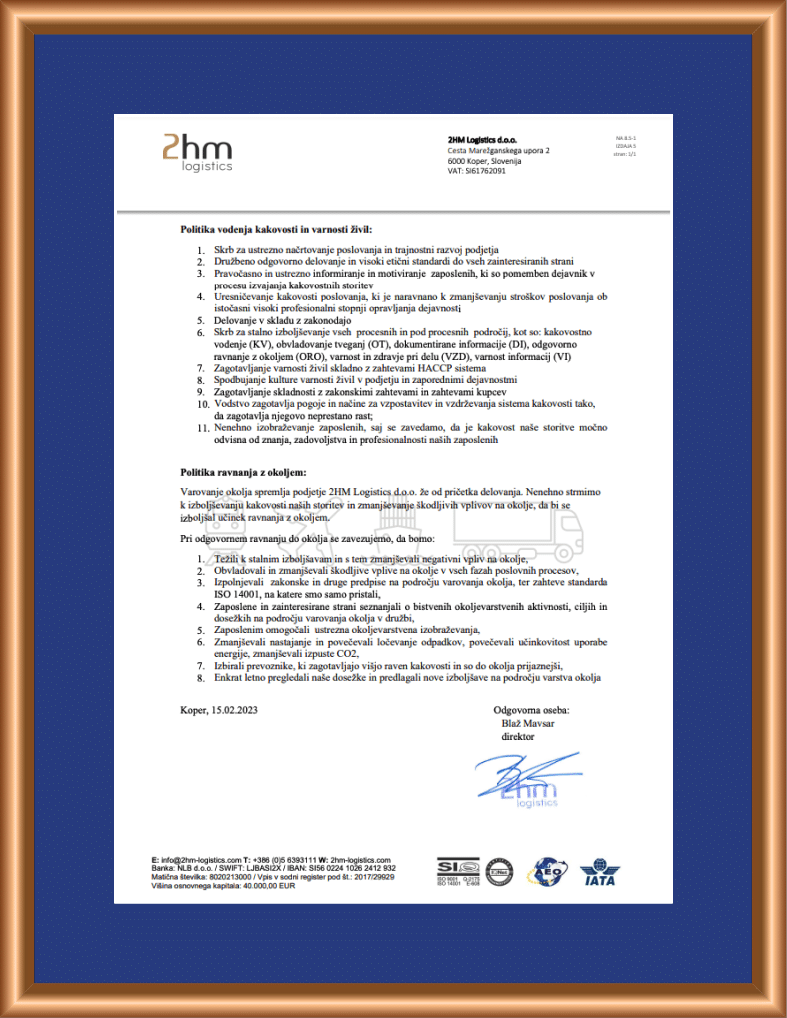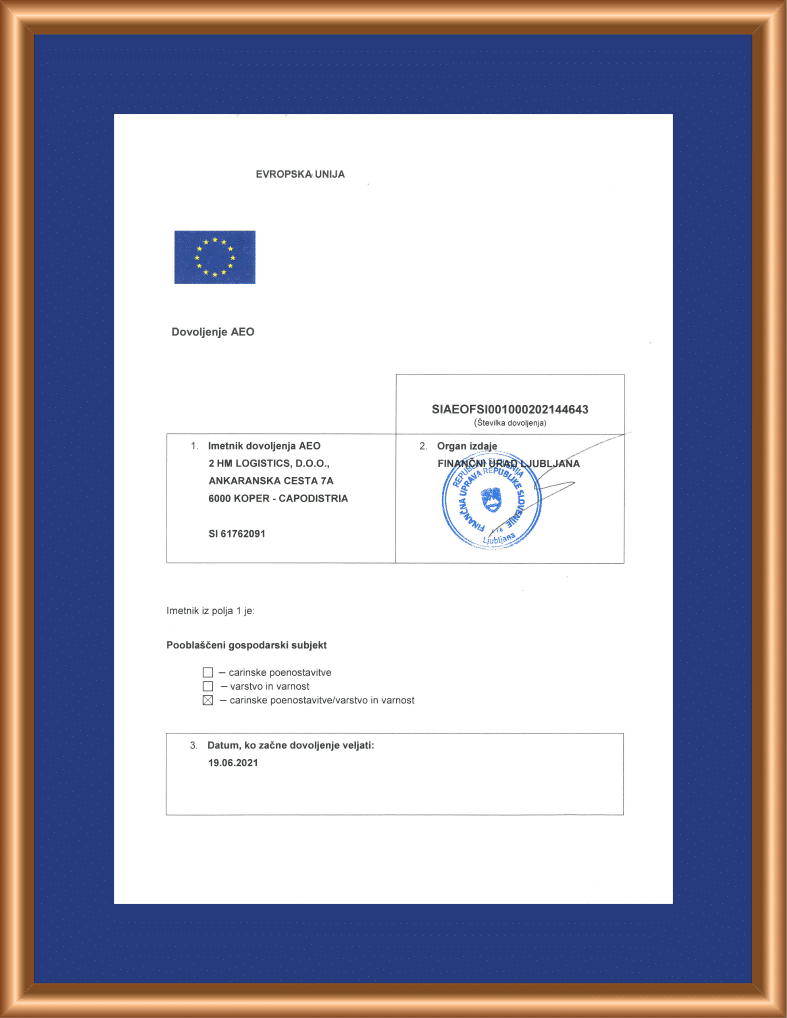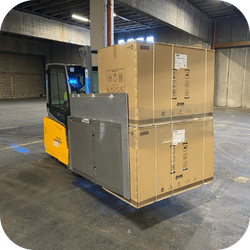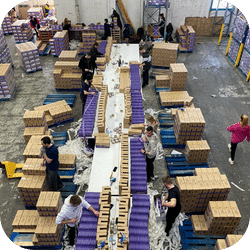Warehousing
Warehousing plays a vital role in the logistics and supply chain management of a company, offering various solutions for storing goods until they are needed. Depending on the company’s needs, warehousing can vary greatly in terms of cost, control, security, and specialization.
Warehousing
Warehousing plays a vital role in the logistics and supply chain management of a company, offering various solutions for storing goods until they are needed. Depending on the company’s needs, warehousing can vary greatly in terms of cost, control, security, and specialization.
Services
What is Warehousing?
Warehousing involves storing goods and materials on behalf of a company, ensuring that products are available as and when required.
There are several types of warehousing options, each catering to different logistical needs. Public warehouses are the most common type, managed by third-party logistics providers, offering flexibility and experienced management for both short-term and long-term storage needs. Private warehouses are owned and operated by the companies themselves, providing more control over the storage environment and enhanced security at a higher cost and commitment.
Lastly, e-commerce fulfillment centers are designed to support the storing and shipping of online orders. These centers are generally smaller but are specialized to handle the rapid turnover and specific needs of online commerce, maintaining the core benefits of flexibility and scalability.
Warehousing Advantages
- Improves Customer Service: By positioning goods closer to consumers, especially perishable or time-sensitive products, warehousing enhances service levels.
- Reduces Transportation Costs: Centralized storage minimizes transportation expenses by enabling direct shipments to customers, eliminating unnecessary stops.
- Enhances Inventory Management: Warehousing supports better inventory control by reducing overall inventory levels and increasing data accuracy.
- Increases Flexibility: Storing goods near end users not only improves service but also adapts to changing market demands quickly, maintaining efficiency.
Warehousing Disadvantages
- Inventory and Stock Control Challenges: Managing precise stock levels to avoid over or understocking is a constant challenge.
- Distribution Efficiency: To meet customer expectations, warehouses must ensure rapid and effective distribution, requiring meticulous resource planning.
- Cost of Storage: Designing and maintaining warehouses involves significant costs, both in terms of initial investment and ongoing operations.
- Safety and Security Risks: Protecting stored goods from theft and damage necessitates robust security measures and protocols to ensure safety.
2hm logistics Warehousing Facilities
Explore our strategically located warehouses in Ljubljana and Koper, with modern technology and managed by experienced professionals offering tailored solutions for efficient logistics operations.
Ljubljana Warehouse
Space
- Labeling 600m2
- CrossDock 2 300 m2
Located in Ljubljana our warehouse offers a comprehensive suite of services tailored to meet the dynamic needs of modern logistics. Specializing in labeling, classic crossdocking, storage, and commissioning, this facility is designed to streamline your supply chain operations with efficiency and precision. Equipped with modern technology and managed by experienced logistics professionals, we ensure your goods are handled with utmost care.
Koper Warehouse
Space
- Indoor 700 m2
- Outdoor 5 000 m2
Located in Koper, our facility provides a practical and secure bonded warehousing solution with 700 m2 of indoor space complemented by 5 000 m2 of outdoor storage. Positioned near the Port of Koper, this warehouse offers significant advantages for businesses dealing in international trade. Its close proximity to a major port minimizes transport times and costs, providing a strategic advantage in logistics efficiency. The bonded status of the warehouse ensures secure storage for goods in transit or awaiting customs clearance, making it an ideal choice for companies looking to optimize their supply chain operations near key shipping routes.
Case Studies
Processing and Distribution Case Study
From the initial transport from Port of Rijeka to the strategic unloading and preparation at our Ljubljana Warehouse, we ensured a seamless transition to distribution, illustrating our comprehensive approach to logistics solutions.
Labeling and Distribution Case Study
Our project involved the efficient transport, storage, labeling, and distribution of chocolate bars from Zagreb, Croatia, to the Netherlands. This case study highlights our integrated approach to managing and executing a streamlined logistics operation.
FAQs
What is the meaning of warehousing logistics?
Warehousing logistics involves the management of storage and distribution activities, ensuring that goods are stored efficiently and moved smoothly to meet supply chain demands
What are 3 key parts of warehousing logistics?
The three key components of warehousing logistics are:
- Inventory Management: Tracking and controlling inventories to meet demand without overstocking.
- Warehouse Operations: Handling the receipt, storage, and dispatch of goods.
- Order Fulfillment: Efficiently picking, packing, and shipping orders to customers.
What is the difference between logistics and warehousing?
Logistics encompasses the broader scope of managing the movement of goods from suppliers to customers, which includes transportation, warehousing, inventory management, and order fulfillment. Warehousing specifically refers to the storage aspect within this chain
How to manage warehouse logistics?
Managing warehouse logistics effectively involves:
- Implementing robust inventory management systems to track stock levels.
- Optimizing warehouse layout for efficient space utilization and quick access to items.
- Utilizing technology such as Warehouse Management Systems (WMS) for real-time data and process automation.
- Training staff regularly to handle goods properly and operate new technologies.








